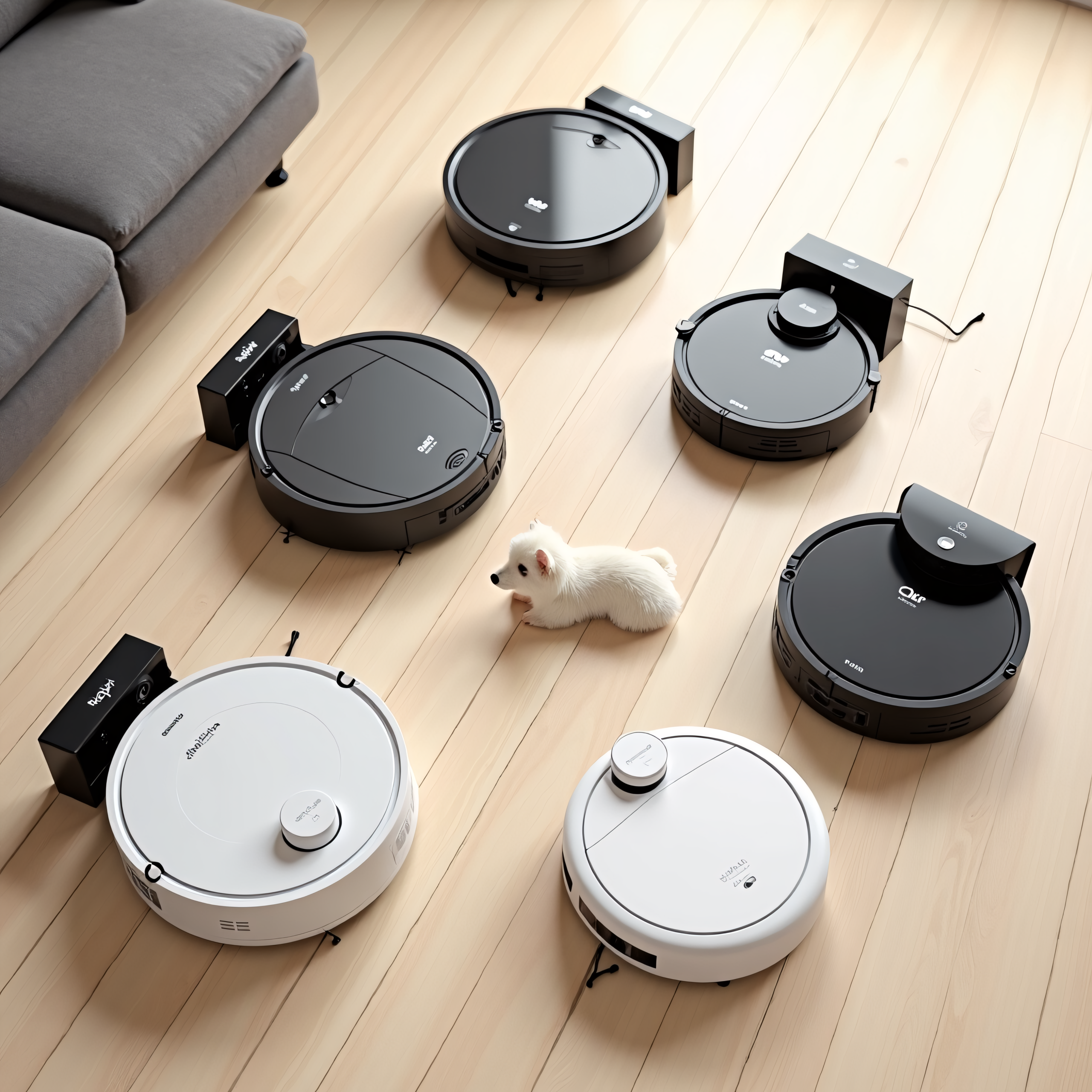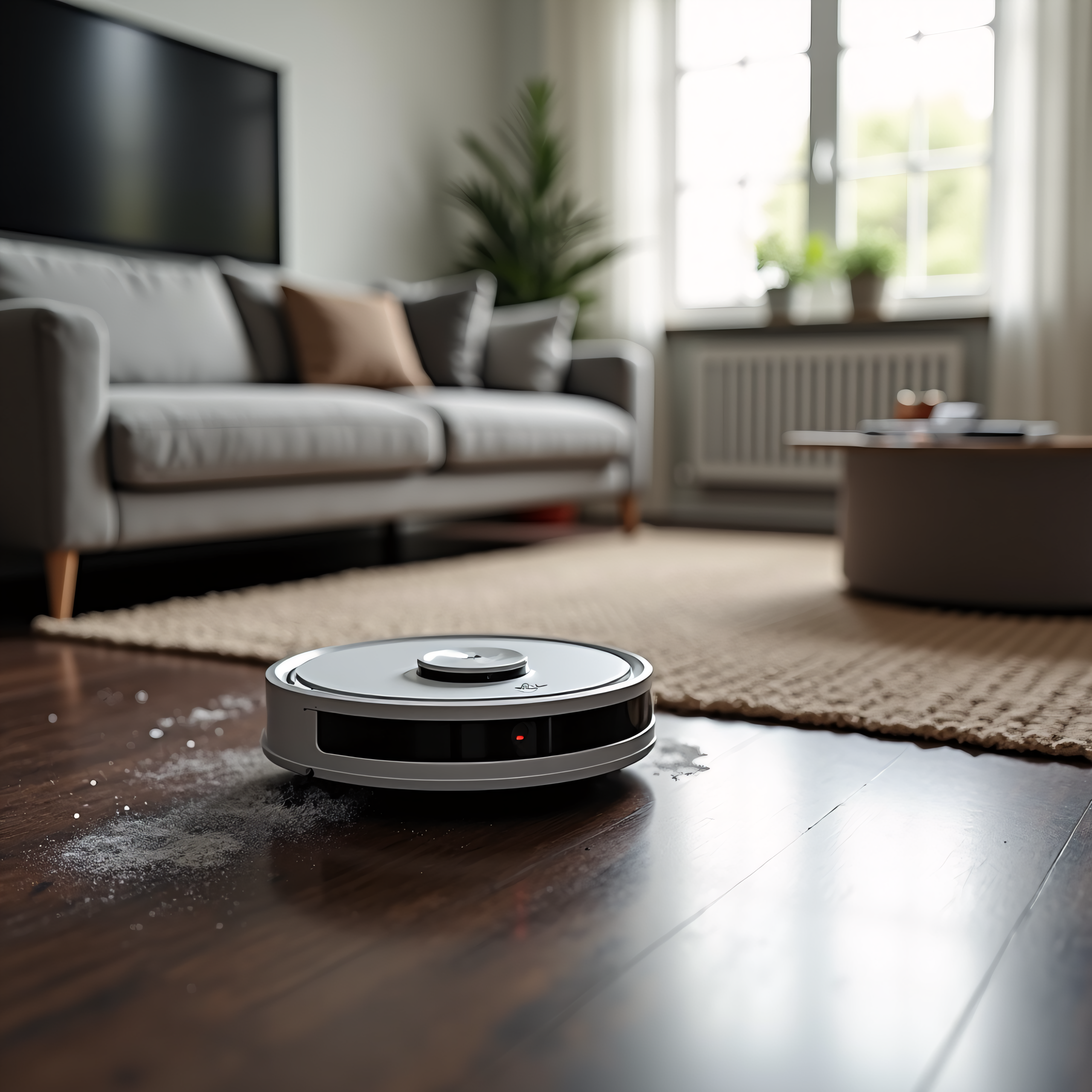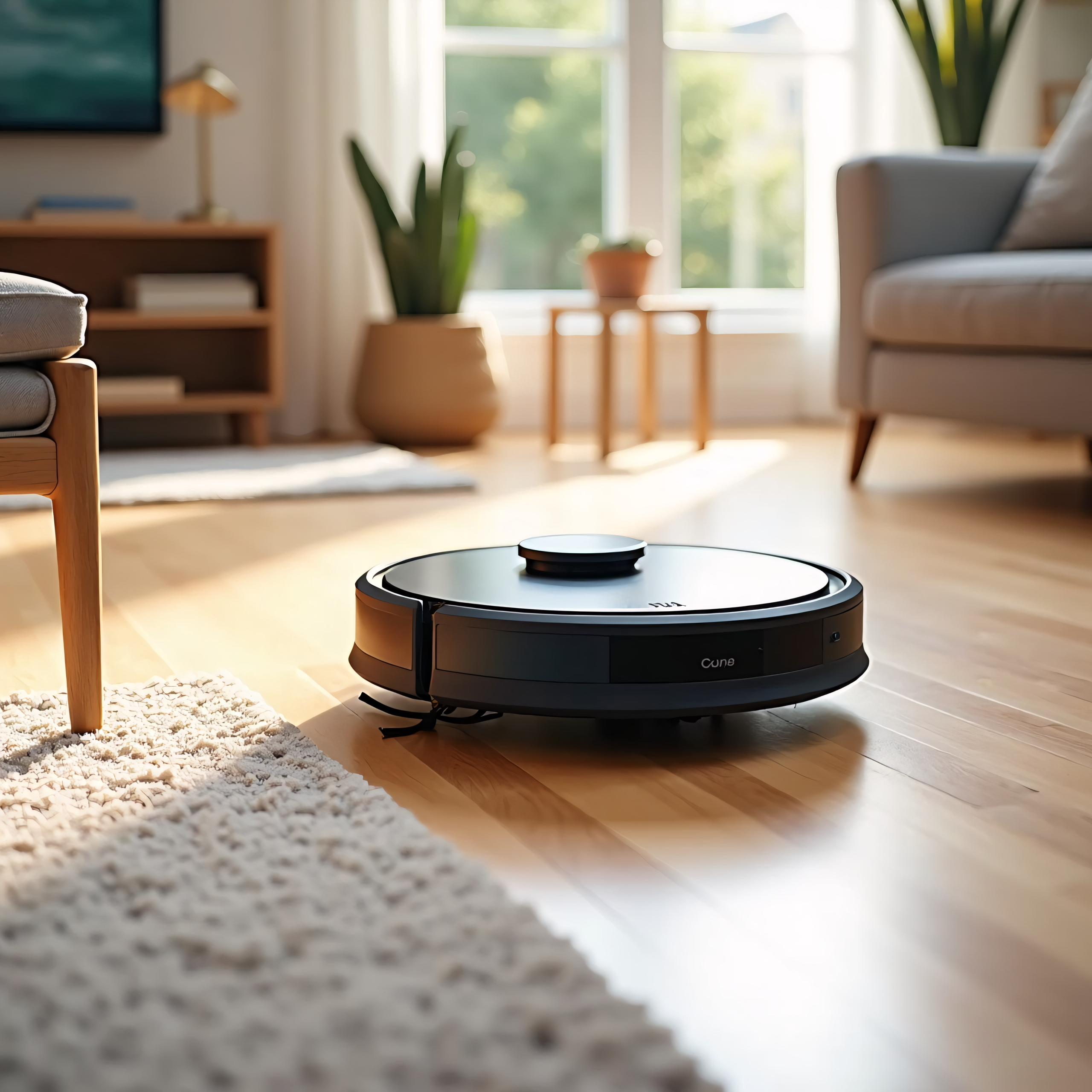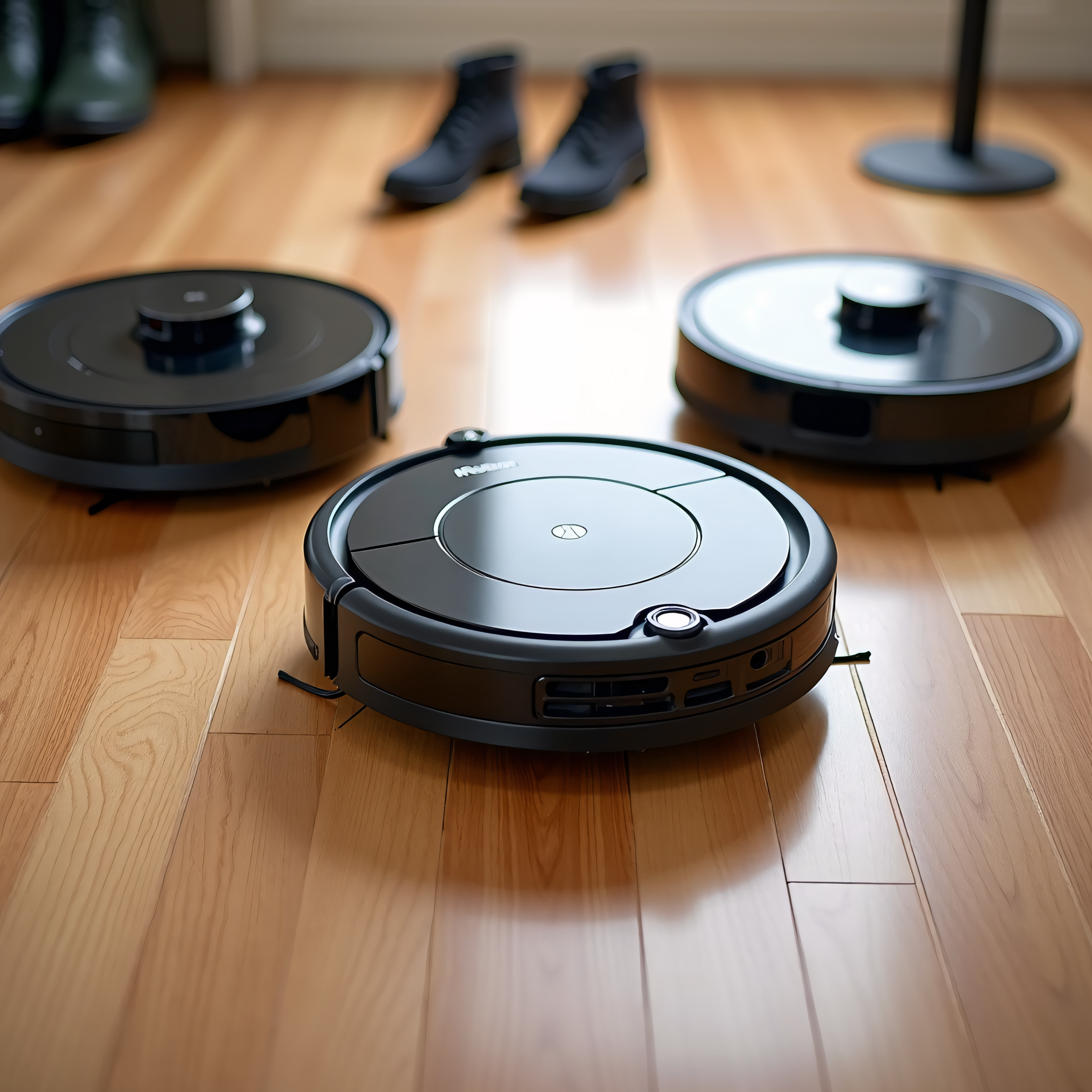estimated reading time: 8 minutes
Robot Vacuums: A Comprehensive Guide to Models from OKP, Roborock & More
Coming home to a clean floor after a long day is a luxury many of us crave. The reality, however, often involves significant time and effort spent vacuuming and mopping. Fortunately, advancements in technology have brought us a convenient solution: robot vacuums. These automated cleaning devices are steadily gaining popularity, offering a wide array of features and price points to suit various needs and budgets. This comprehensive guide aims to help you navigate the world of robot vacuums, comparing popular models from leading brands like OKP, Roborock, Sysperl, 360, Coredy, VR One, and LS01 to help you find the perfect fit for your home.
Understanding Robot Vacuum Technology
Before diving into specific models, let’s understand the core technologies that power these smart cleaning devices. This knowledge will be crucial in evaluating their performance and suitability for your home.
A. Core Technologies Explained
Navigation Systems: Robot vacuums utilize various navigation systems to efficiently clean your floors. These include:
- SLAM (Simultaneous Localization and Mapping): This advanced system allows the robot to build a map of your home in real-time, ensuring thorough coverage and avoiding obstacles.
- vSLAM (Visual SLAM): Similar to SLAM, but relies on cameras instead of sensors to create a map, offering potentially better accuracy in complex environments.
- Gyroscope-Based Navigation: Less sophisticated than SLAM or vSLAM, these robots use gyroscopes to track their movement, but may be less efficient at mapping and covering the entire floor area.
- Camera-Based Navigation: Using cameras to identify and avoid obstacles, this technology often works in conjunction with other navigation systems for improved performance.
Suction Power: Measured in Pascals (Pa), suction power determines the robot’s ability to pick up dirt, dust, and debris. Higher Pa values generally indicate stronger suction, essential for carpets and pet hair. The ideal suction power varies depending on your floor type and cleaning needs.
Battery Life & Charging: Battery life is measured in milliampere-hours (mAh) and dictates the robot’s runtime before needing a recharge. Most models feature an auto-return-to-charge function, allowing them to automatically dock and recharge when their battery is low. Longer runtimes are beneficial for larger homes .
Brushroll Types: Robot vacuums use different types of brushrolls to effectively clean various surfaces. These include main brushes, located centrally, and side brushes, which sweep debris towards the main brush. Rubber brushrolls are better for preventing hair tangles, while bristle brushrolls are suitable for a broader range of debris.
More on blog: A Model-by-Model Guide to Navigation & Smart Features
B. Vacuum & Mop Functionality
Many modern robot vacuums offer both vacuuming and mopping capabilities, providing a 2-in-1 cleaning solution. Mopping mechanisms vary, with some using vibrating mop pads for enhanced cleaning, while others utilize water tanks and drip technology for controlled water dispensing. The combination of vacuuming and mopping simplifies cleaning and saves time.
Budget-Friendly Options: OKP, Sysperl & Coredy
For budget-conscious consumers, several brands offer reliable robot vacuums without breaking the bank.
A. OKP Robot Vacuums
OKP offers a range of entry-level models, targeting consumers seeking basic cleaning functionality at an affordable price.
- OKP K3: This model typically provides decent suction power for hard floors and low-pile carpets, and often includes basic mopping functionality. User reviews should be consulted for insights into build quality and long-term reliability.
- OKP K7: Generally an upgrade over the K3, the K7 may offer improved suction, longer battery life, or more advanced features, albeit at a slightly higher price point.
B. Sysperl Robot Vacuums
Sysperl positions itself as a provider of value-for-money robot vacuums, focusing on features like effective navigation and sufficient suction power within a competitive price range.
- Sysperl V40P: This model often boasts a reasonable balance of features and performance for its price. Detailed user reviews will help determine the consistency of its performance and any potential drawbacks.
C. Coredy Robot Vacuums
Coredy offers a selection of affordable robot vacuums that often include features such as app control and scheduled cleaning.
- Coredy R750, R750W, and R580W: These models provide a range of options within a budget-friendly price range, with the “W” models often indicating upgraded features like enhanced water tank capacity or improved suction. Direct comparison of specifications and user reviews is recommended to determine which model best fits your needs.
Mid-Range Competitors: VR One & RV750
Mid-range robot vacuums often provide a balance between features, performance, and price, offering a step up from budget models.
A. VR One Cleaning Robot
VR One typically targets users seeking a balance between affordability and advanced features.
- VR One Cleaning Robot: This model often includes features like app control, scheduled cleaning, and potentially more advanced navigation compared to budget options. Independent reviews are recommended to assess its performance across different floor types.
B. RV750
The RV750’s market position and brand reputation require further investigation. It’s crucial to research user reviews and technical specifications to understand its capabilities and value proposition.
Premium Performance: Roborock & 360
Premium robot vacuums typically boast advanced features, superior performance, and robust build quality, justifying their higher price tags.
A. Roborock
Roborock is a well-regarded brand known for its high-performance robot vacuums.
- Roborock S5 Max Wifi: This model often includes advanced features such as precise mapping, zone cleaning, and powerful suction, making it suitable for homes with carpets and pets.
- Roborock Sweep One: A comparison with the S5 Max Wifi will reveal key differences in features and capabilities, helping determine which model provides the best value for your specific needs.
B. 360
360 also offers high-end robot vacuums with advanced technology and features.
- 360 C50: This model typically offers a good balance of features and performance in the premium segment.
- 360 S10: Often featuring advanced Lidar technology for precise mapping and obstacle avoidance, the S10 usually represents a top-tier model with superior cleaning capabilities. A direct comparison with Roborock’s premium models is necessary for a thorough evaluation.
Lesser-Known Options & Considerations
While the brands mentioned above are relatively well-known, other models like the SKV4022GL and LS01 robotic vacuum cleaner exist. However, information on these models may be limited. Thorough research of user reviews and independent testing is strongly recommended before purchasing lesser-known brands. Regardless of the brand, it’s crucial to investigate the manufacturer’s warranty and customer support policies before purchasing any robot vacuum.
More on blog: iRobot Roomba i7+, j7+, and Roborock S7 Compared
Choosing the Right Robot Vacuum: A Buyer’s Guide
Selecting the right robot vacuum requires careful consideration of your home and cleaning needs.
A. Home Considerations
Consider your floor types (hardwood, carpet, tile), square footage, pet ownership, and the presence of obstacles like furniture or rugs.
B. Feature Prioritization
Prioritize features like suction power, mopping functionality, smart features (app control, scheduling), and compatibility with your smart home ecosystem (Alexa, Google Assistant).
C. Budget Allocation
Determine your budget and choose a model from the appropriate category: entry-level, mid-range, or premium.
D. Integration with Smart Home Systems
Check for compatibility with your existing smart home devices for seamless integration and control.
Conclusion
Robot vacuums offer a significant improvement in cleaning convenience, but selecting the right model requires careful consideration of various factors. By understanding the different technologies, comparing models across various brands, and carefully assessing your needs, you can find a robot vacuum that simplifies your cleaning routine and fits your budget. Remember to always consult independent reviews and user feedback before making a purchase.
More on blog:
FAQ
Q1: What is the difference between SLAM and vSLAM navigation?
A1: Both SLAM and vSLAM create maps of your home for efficient cleaning. SLAM uses sensors, while vSLAM uses cameras. vSLAM can potentially offer better accuracy in complex environments.
Q2: How important is suction power (Pa)?
A2: Suction power is crucial, especially for carpets and pet hair. Higher Pa values indicate stronger suction. Consider your floor types when choosing a model.
Q3: What is the best brushroll type?
A3: Rubber brushrolls are better for preventing hair tangles, while bristle brushrolls are more versatile. The optimal choice depends on your specific needs.
Q4: Do all robot vacuums have mopping capabilities?
A4: No, some models only vacuum. If mopping is important, ensure the model you choose includes this functionality and check user reviews for its effectiveness.
Q5: How do I choose a robot vacuum for my pet hair?
A5: Look for models with strong suction power (high Pa rating) and rubber brushrolls to minimize hair tangles. Also, consider a model with a self-cleaning brushroll mechanism if available.
Q6: What is the typical battery life of a robot vacuum?
A6: Battery life varies, but you can expect runtimes ranging from 60 to 180 minutes, depending on the model and cleaning intensity. Check the manufacturer’s specifications for exact details.
Q7: How do I choose between OKP K3 and K7?
A7: The K7 is usually an upgrade over the K3, offering improved features such as enhanced suction, longer battery life, or additional cleaning modes. Compare their specifications and user reviews to determine which model best aligns with your budget and requirements.
Source: http://kowbi.com/safuskaw
Source: http://atewosip.mh/wuremuta
Source: http://hiv.tm/wop
Source: http://ca.vc/gelefu



